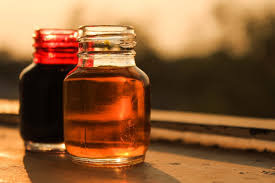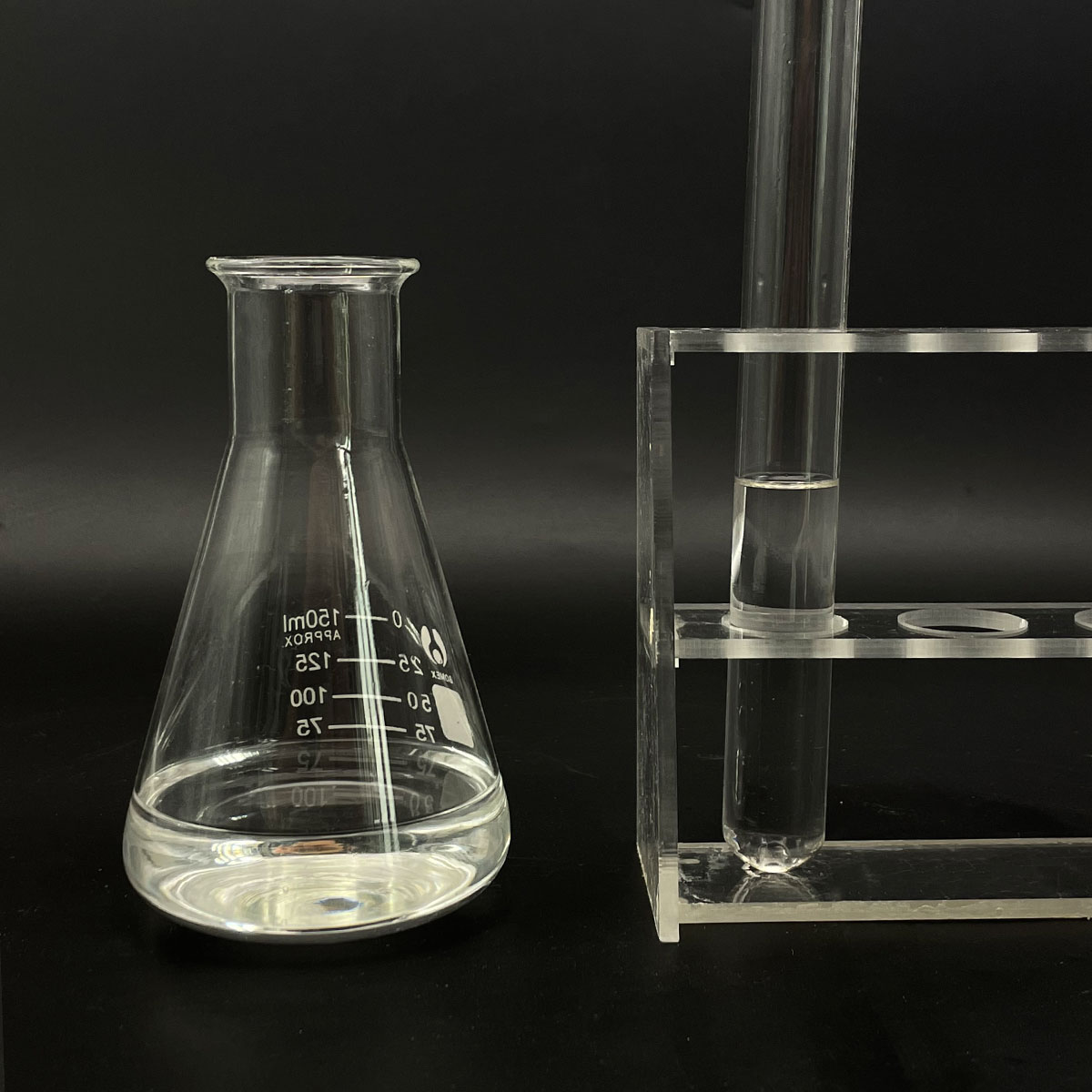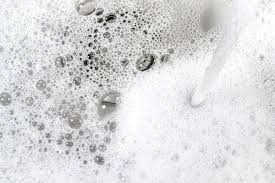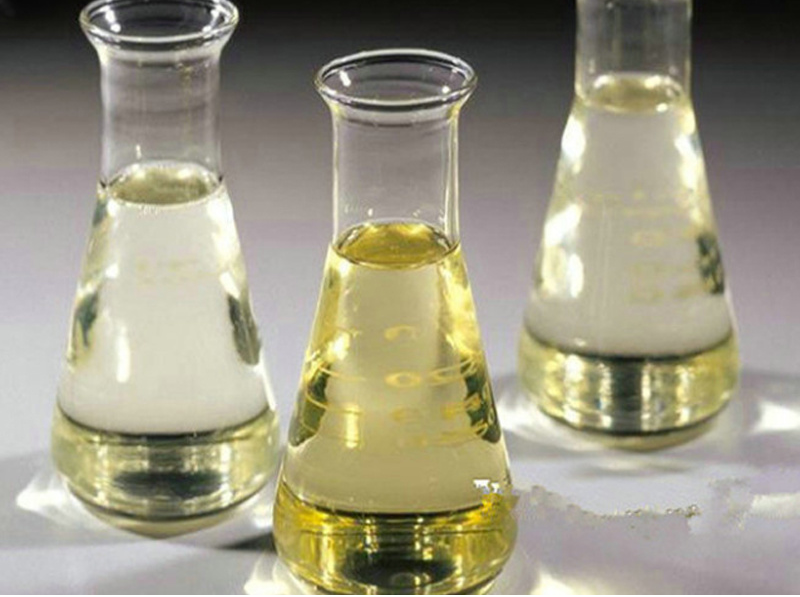**Title: Dish Soap: Secret Superhero of Suds?**
(Is Dish Soap A Surfactant)
Ever stared at a sink full of greasy plates after pizza night? You grab the dish soap, squirt some on a sponge, and magic happens. That grime vanishes down the drain. But what’s the real hero here? It’s not just soap. It’s science. Specifically, the power of surfactants. Is dish soap a surfactant? Absolutely. It’s practically bursting with them. Let’s dive into the bubbly world of these grease-fighting molecules and see why your dish soap is way more than just bubbles.
**1. What Exactly Is a Surfactant?**
Surfactant. It sounds complicated. Break it down: “Surface Active Agent.” That’s its real name. Its job? Messing with surfaces. Think about water. Water molecules like to stick together. That’s why water beads up on a freshly waxed car. It’s also why water alone struggles to wash away grease. Grease and water hate each other. They refuse to mix. This is where the surfactant steps in like a tiny molecular peacekeeper.
Picture a surfactant molecule. It has two distinct ends. One end is a water-lover (hydrophilic). It gets along great with water molecules. The other end is a water-hater (hydrophobic). This end prefers oil and grease. When you add dish soap to water, these surfactant molecules get busy. Their hydrophobic tails bury themselves into grease spots. Their hydrophilic heads stick out into the water. This action breaks the grease into tiny droplets surrounded by water. The grease is trapped. Now, water can rinse it away. This is the core magic trick. Surfactants make the impossible possible: mixing oil and water.
**2. Why Dish Soap Relies on Surfactants**
Soap, in its traditional form, is also a surfactant. But dish soap? It’s a special kind of cleaning product designed for one tough job: cutting through kitchen grease. Think bacon fat, butter, cooking oils, salad dressings. This stuff clings stubbornly to plates, pots, and pans. Plain water just slides right off. You need something powerful. You need surfactants.
Dish soap is packed with synthetic surfactants. These are engineered to be super effective. They lower the surface tension of water dramatically. Surface tension is like the skin on water. It makes water want to stay together. Surfactants weaken this skin. Water can spread out more easily. It can wet surfaces better. This lets the soapy water get right under the grease. The hydrophobic tails latch onto the grease molecules. The hydrophilic heads hold onto the water. The grease gets lifted off the surface. It gets broken up and suspended in the water. Without surfactants, dish soap would be useless against the greasy messes we make every day. They are the essential ingredient.
**3. How Surfactants Make Dish Soap Work**
Imagine washing a greasy pan with just water. The water beads up and rolls away. The grease stays put. Now add dish soap. The surfactants jump into action. Here’s the step-by-step battle plan:
* **Lowering Tension:** Surfactants drastically reduce water’s surface tension. This lets the soapy water spread out thinly over the greasy surface. It can seep into cracks and pores.
* **Attacking Grease:** The hydrophobic tails of the surfactant molecules dive into the grease blob. They want to escape the water. They burrow in deep.
* **Surrounding the Enemy:** As more surfactant molecules arrive, their hydrophobic tails surround the grease droplet. Their hydrophilic heads face outwards, towards the water.
* **Forming Micelles:** The grease droplet is now completely surrounded by surfactant molecules. The heads face the water. The tails trap the grease inside. This ball is called a micelle. The grease is trapped inside this tiny cage.
* **Rinsing Away:** The micelles are stable. They float freely in the water. They don’t stick back to the plate or pan. When you rinse, the water carries these micelles, and the trapped grease, right down the drain. The surface is clean.
The bubbles you see? Foam! That’s mostly a side effect. While foam can help trap some dirt, the real cleaning work is done by those invisible micelles forming and trapping the grease.
**4. Surfactant Superpowers Beyond Dishes**
Surfactants in dish soap are grease-busting champions. But their talents don’t stop at the kitchen sink. That same ability to bridge oil and water makes them incredibly useful elsewhere. Knowing dish soap is a surfactant explains why it pops up in so many unexpected places.
* **Laundry Lifesaver:** Got an oil stain on your favorite shirt? A dab of dish soap directly on the stain before washing can work wonders. The surfactants attack the oil just like they attack pan grease. Let it sit, then wash as usual.
* **Car Care:** Bugs splattered on your windshield? Road tar on the fender? Dish soap diluted in water can help loosen and remove these sticky messes. Use it sparingly and rinse thoroughly, as it can strip wax.
* **Household Helper:** Greasy fingerprints on walls or cabinets? A mild solution of dish soap and water is often perfect. It cuts the grease without damaging most surfaces. Test a small hidden spot first.
* **Pet Problems:** Accidentally sprayed by a skunk? Dish soap baths are a classic first line of defense. The surfactants help break down the skunk’s oily spray. Follow up with other treatments recommended by your vet.
* **Garden Gear:** Greasy garden tools? Dish soap cuts through the grime. Even plant leaves can sometimes benefit from a gentle wash with mild soapy water to remove dust or mild aphid infestations. Rinse well.
* **Craft Cleanup:** Paintbrushes loaded with oil-based paint? Dish soap helps clean them. It dissolves the oil in the paint. Remember, water-based paints just need water.
The key is dilution. Dish soap is potent. For most non-dish tasks, use just a small amount mixed with plenty of water.
**5. Surfactant FAQs: Your Sudsy Questions Answered**
Let’s tackle some common questions about surfactants and dish soap:
* **Are surfactants safe?** Generally, yes, when used as directed. Modern dish soaps use surfactants designed to be effective and rinse off easily. Avoid getting large amounts in your eyes or swallowing it. Some people might have sensitive skin. Wear gloves if needed.
* **Do surfactants harm the environment?** This is complex. Many surfactants break down readily in wastewater treatment plants. Others might persist longer. Phosphates, once common boosters, caused algae blooms and are largely banned in detergents now. Look for biodegradable formulas and use only the amount needed.
* **Why does some dish soap make more bubbles?** Foam isn’t the main cleaner. Some surfactants create more stable foam than others. Brands add foam boosters or stabilizers because people associate lots of bubbles with cleaning power. Low-sudsing formulas work just as well, often better in dishwashers.
* **Is dish soap the same as hand soap?** Not quite. Hand soaps are gentler on skin. They often have moisturizers. Dish soaps are stronger on grease but can be harsher on hands. Using dish soap frequently for handwashing might dry out your skin.
* **Can I use dish soap in my dishwasher?** No! Never! Dishwasher detergent is formulated differently. Dish soap creates massive amounts of suds in a dishwasher. These suds can overflow and leak out. They can also prevent the machine from cleaning properly. Stick to dishwasher detergent.
* **What’s the difference between soap and detergent?** Traditional soap is made from fats and lye. It works as a surfactant but can leave scum in hard water. Detergents, like dish soap, are synthetic surfactants. They work better in hard water and are generally more effective on grease. Dish soap is a detergent.
(Is Dish Soap A Surfactant)
* **Does antibacterial dish soap work better?** For regular dish cleaning? Usually not. The surfactants physically remove germs by washing them away. Antibacterial agents need contact time to work. Rinsing washes them away too quickly. Hot water and thorough washing with regular dish soap are effective for most home needs.
Inquiry us
if you want to want to know more, please feel free to contact us. (nanotrun@yahoo.com)




